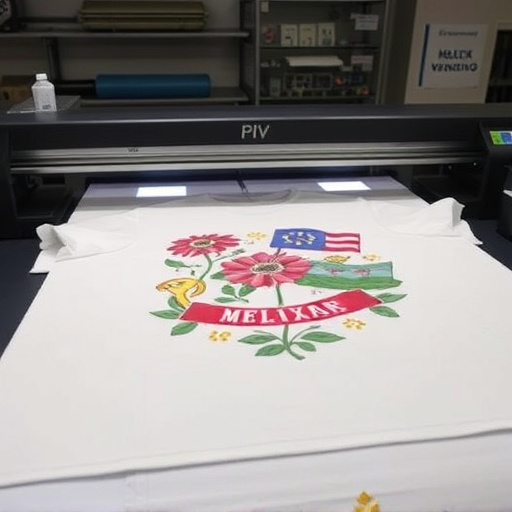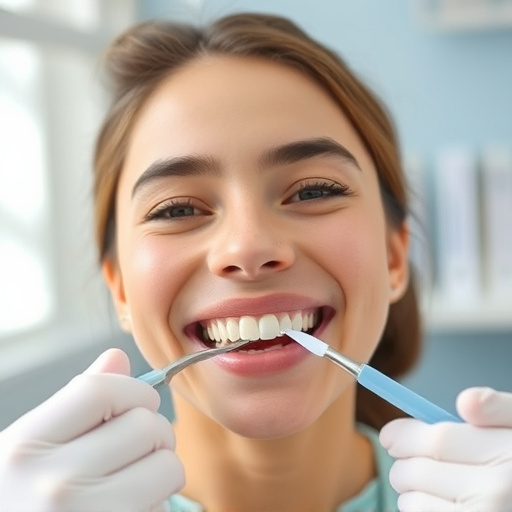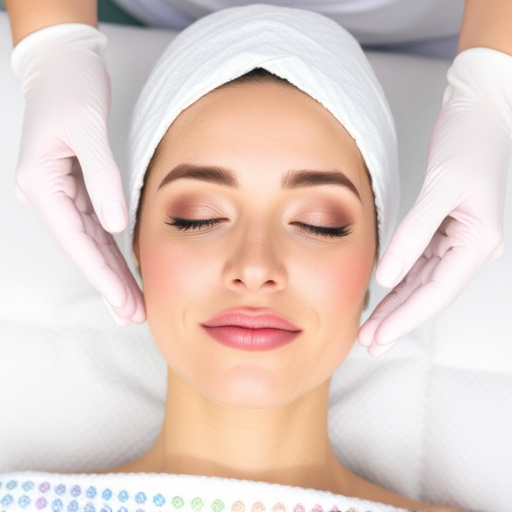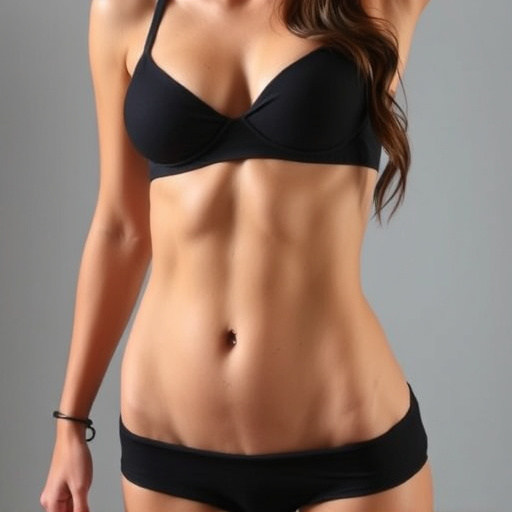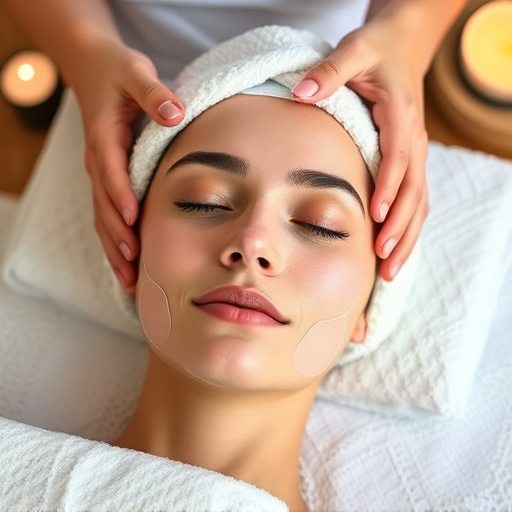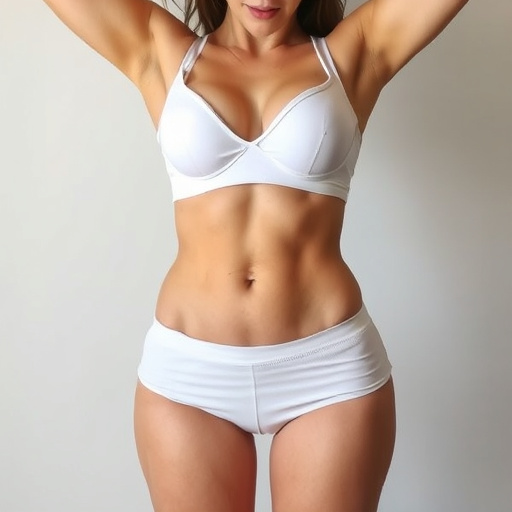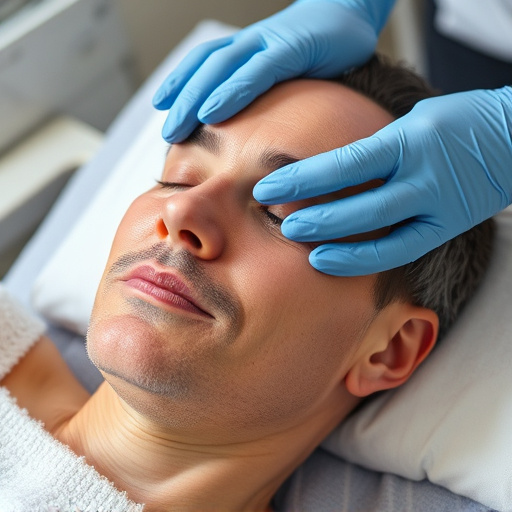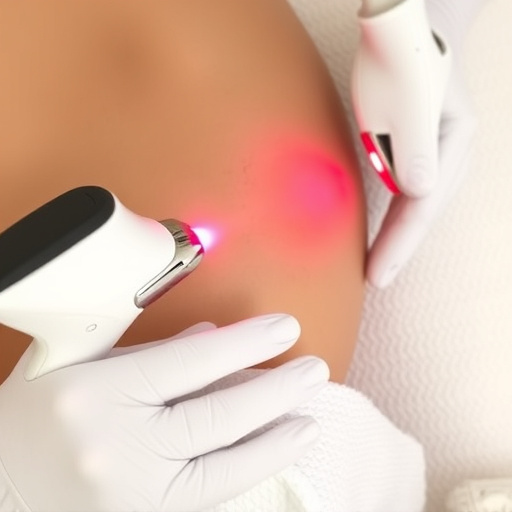Fine lines treatment involves understanding static and dynamic causes. Options range from OTC products to professional facials and injections like Botox or fillers, chosen based on severity, skin goals, and budget. Non-surgical treatments like Botox and dermal fillers are popular for their less invasiveness. Skin brightening techniques also available, but critical evaluation is crucial due to varying effectiveness and potential drawbacks. Navigating information requires separating facts from fiction, focusing on evidence-based practices, and seeking dermatological expertise for tailored solutions.
“Uncover the secrets to tackling fine lines with our comprehensive guide to effective treatments. From understanding the causes and various types of this common aging sign to exploring popular solutions, we demystify what truly works in the realm of fine lines treatment. Additionally, we expose common misconceptions, helping you navigate the buzz surrounding anti-aging therapies. Discover practical insights and make informed decisions about your skin’s health.”
- Understanding Fine Lines: Causes and Types
- Popular Treatments: What Really Works?
- Debunking Hype: Common Misconceptions Revealed
Understanding Fine Lines: Causes and Types
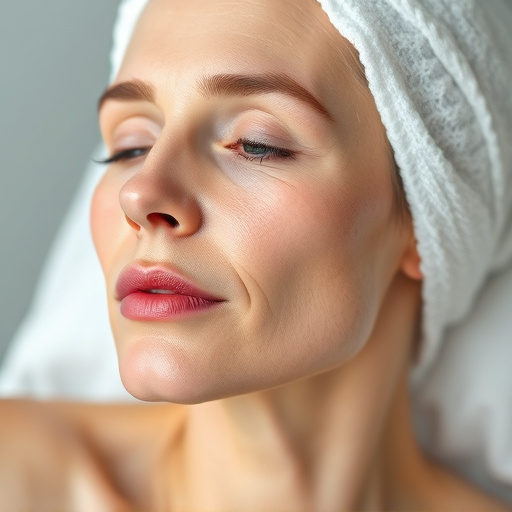
Fine lines are a natural part of aging, but they can also be caused by environmental factors such as sun exposure and smoking. Understanding the different types of fine lines is crucial for determining the most effective fine lines treatment. There are two primary categories: static and dynamic lines. Static lines are typically caused by loss of collagen and elastin, leading to permanent wrinkles. Dynamic lines, on the other hand, form due to repetitive muscle contractions, often from frowning or smiling, and can be reduced with relaxation techniques or aesthetic treatments.
Addressing fine lines requires a personalized skincare approach. While some over-the-counter products may help, many people turn to hydrating facials or other professional aesthetic treatments for more significant results. Injections of botulinum toxin (Botox) can temporarily paralyze muscles, reducing the appearance of dynamic wrinkles. Fillers, such as hyaluronic acid, can also be used to plump and fill in static lines. Choosing the right fine lines treatment depends on the type and severity of the wrinkles, as well as individual skin goals and budget.
Popular Treatments: What Really Works?
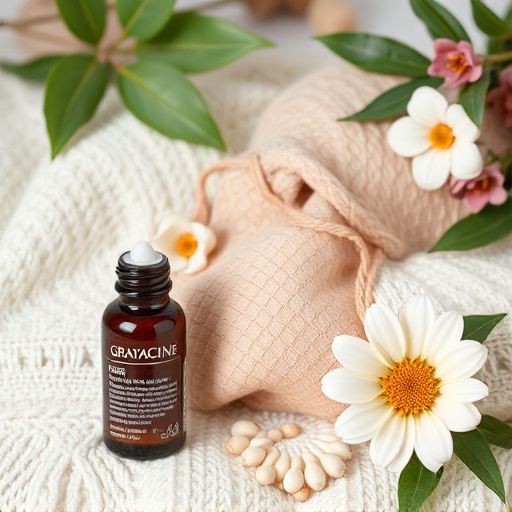
In the quest for a youthful complexion, many turn to popular fine lines treatment options. Among the most sought-after are non-surgical treatments, which offer a less invasive approach compared to traditional surgical methods. One such technique gaining traction is the use of Botox, a protein that relaxes facial muscles, thereby reducing the appearance of wrinkles. Another popular choice is dermal fillers, which plump up depressed areas in the skin, providing immediate results in the battle against fine lines and age spots.
Additionally, skin brightening treatments have emerged as a significant trend, with many promising to fade dark spots and even out skin tone. Chemical peels, microdermabrasion, and laser treatments are commonly used facial treatments for this purpose. While each has its merits, it’s essential to approach these popular methods critically. Some may deliver outstanding results, while others might be overhyped or have potential side effects. A comprehensive understanding of each treatment’s mechanism and suitability for individual skin types is crucial before embarking on any fine lines treatment journey.
Debunking Hype: Common Misconceptions Revealed

Many people looking into fine lines treatment often stumble upon a sea of conflicting information and exaggerated claims. The market is saturated with products and procedures promising dramatic results, but not all of them live up to the hype. It’s essential to cut through the noise and separate fact from fiction when it comes to effective fine lines treatment options.
One common misconception is that over-the-counter creams can rival professional skincare treatments for skin tightening. While these products may offer some temporary relief, they often lack the potency and targeted delivery systems found in clinical procedures. Another buzzword du jour is “skin health,” but it’s crucial to understand that addressing fine lines isn’t solely about overall skin wellness; it involves specific techniques and ingredients tailored to reduce the appearance of wrinkles at the surface. Remember, true efficacy comes from evidence-based practices and a deep understanding of dermatology, not just catchy marketing slogans.
In navigating the world of fine lines treatment, it’s crucial to separate fact from fiction. By understanding the causes and types of these age-related concerns, and with the guidance from experts, you can make informed decisions. While popular treatments like peptides, retinoids, and filler injections offer promising results, not all promises are fulfilled. Debunking hype is essential to ensure effective and safe choices for your skin’s health. Remember that what works best varies from person to person, so consult a professional to tailor the perfect fine lines treatment plan for your needs.
